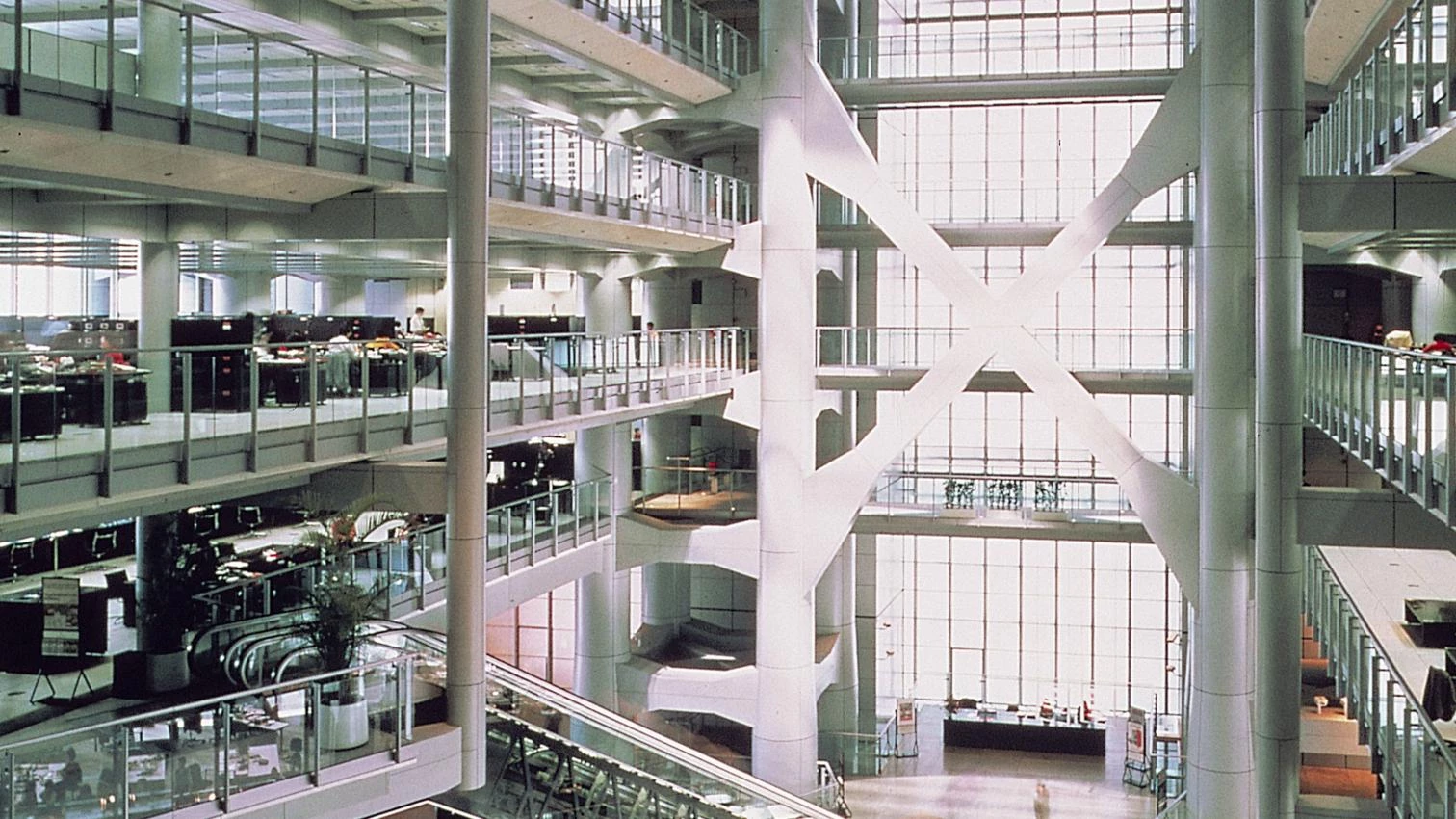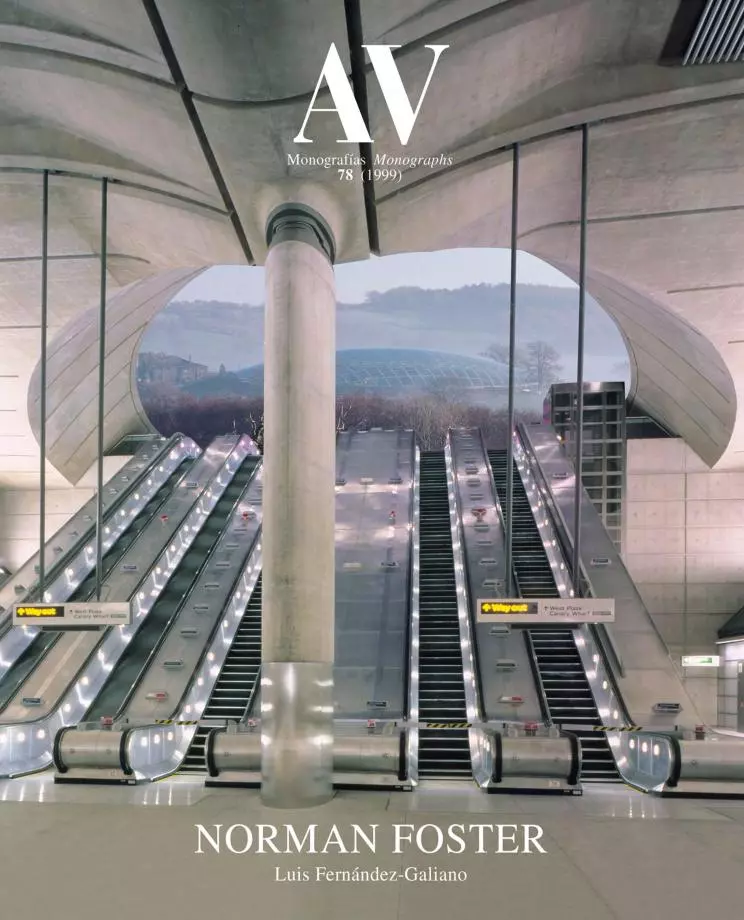The Jewel in the Crown: Hong Kong and the Evolution of the Skyscraper

In the year 1979, the Hong Kong and Shanghai Bank made a double gesture of confidence: in the future of the colony after its devolution to China, building 100.000 square metres of lavish office space in the city; and in Norman Foster, commissioning the skyscraper of its headquarters to an architect who had never built structures of more than three storeys. The outcome of this double bet is one of the key buildings of the 20th century. Developed feverishly during 1980, from the bridge structure of the winning proposal of the competition, through the almost textile chevron project finally rejected in May of that year, and until the definitive cantilevered scheme, the building was completed in 1986 to huge popular and critical acclaim, and remains Foster’s best known work. Removing the technical core to the cantilevered periphery, the architect would provide clear floor plates and a spectacular void which serves as a lobby in the lower cluster of offices, thereby radically breaking with the central core tradition of skyscrapers. Assembled with industrialised made-to-order components, the subtly layered elevation allows set backs to skillfully fit in the cramped site, where the exposed skeleton loudly conveys an exciting imagery of futuristic fantasy that captured the imagination of all...[+]





